850+
Organizations use Psylaris products
5500+
Therapists use our software worldwide
75.000+
Completed sessions with our applications
Tough or difficult situations are best avoided. Avoiding situations or locations happens to everyone. Think of a household chore you find difficult or annoying. You put it off until it is really necessary. These are relatively harmless forms of avoiding situations. It becomes more difficult when it has a major impact on daily life. In the worst case, a person may not be able to leave the house at all and become lonely.
The tendency to avoid a situation is in every human being. It is a defence mechanism to protect yourself from something you fear. Unfortunately, this is not the right approach. Confrontation still proves to be the best method of dealing with certain situations, but the human defence mechanism of avoidance often wins out. In innocent cases we will eventually confront the situation and then avoidance is no longer an issue. But you can show avoidance behaviour, because you have suffered a trauma. In this case, the avoidance actually reinforces the feeling of fear. It is therefore important to seek help, because avoiding situations often leads to a downward spiral.

Avoiding a situation, a location or even people can have a big impact on the person with this behaviour. You want to avoid a situation in which you come into contact with your unprocessed trauma. That is why you anxiously avoid this situation. This in turn can lead to all kinds of other fears and phobias. If a trauma has taken place in the public domain, there is a chance of agoraphobia, but claustrophobia or fear of lifts can also be caused by an unresolved trauma. In these situations you hardly ever leave your house and you do not have a normal social life anymore. You will soon be diagnosed with post-traumatic stress disorder (PTSD), where the focus is on avoiding situations.
Do you avoid difficult situations and is there no traumatic experience linked to this? Then the best way to break through this is by confronting your fears. In doing so, you will see that in hindsight, the situation was not that bad and nothing serious happened. Also, if you suffer a lot from procrastination, this can turn into systematic avoidance of situations. It is also wise to prevent procrastination. If you consciously avoid situations because it reminds you of an unresolved trauma, then seeking treatment is the best solution.

Do you avoid situations in order not to be confronted with a trauma or fear? The only solution is to follow a trauma treatment. Once the trauma has been dealt with, there is no reason to avoid situations. This applies to anyone who suffers from PTSD or a related fear or phobia. If the underlying cause is an unprocessed trauma, then EMDR can be an effective treatment on the road to recovery. How EMDR exactly works and what process takes place in the brain is still unknown, but it is certain that it works.
With EMDR, you have to relive the traumatic event. The event must be relived again, including the accompanying feelings and thoughts. At the moment you relive the trauma, the therapist creates a distraction by means of a hand gesture or with a sound signal. At that moment you no longer think about the trauma and sometimes even other thoughts arise during the distraction. By repeating this over and over again and thus being distracted from the trauma, the trauma becomes less charged. You can easily recall the trauma, without being afraid of it or feeling heavy emotions about it. This is the intention, so that you no longer have to avoid situations. You now choose the moments when you want to think back to the event and you are not stimulated by a certain situation.
Through the use of innovative tools from Psylaris, EMDR therapy can be delivered more easily by practitioners and clients benefit from a more effective treatment. For this purpose, Psylaris has developed EMDR-VR, among others. This is an EMDR treatment by means of virtual reality. This treatment can be given in the treatment room or at the client's home. The VR-glasses provide a more intense distraction for the client and the practitioner has more possibilities for distraction.
With EMDR-remote Psylaris has developed an online platform for practitioners and clients. Through image calling, EMDR can be given remotely, wherever the client is at that moment. Again, the practitioner can choose from a range of distraction tasks and the platform is easily accessible via a web browser.
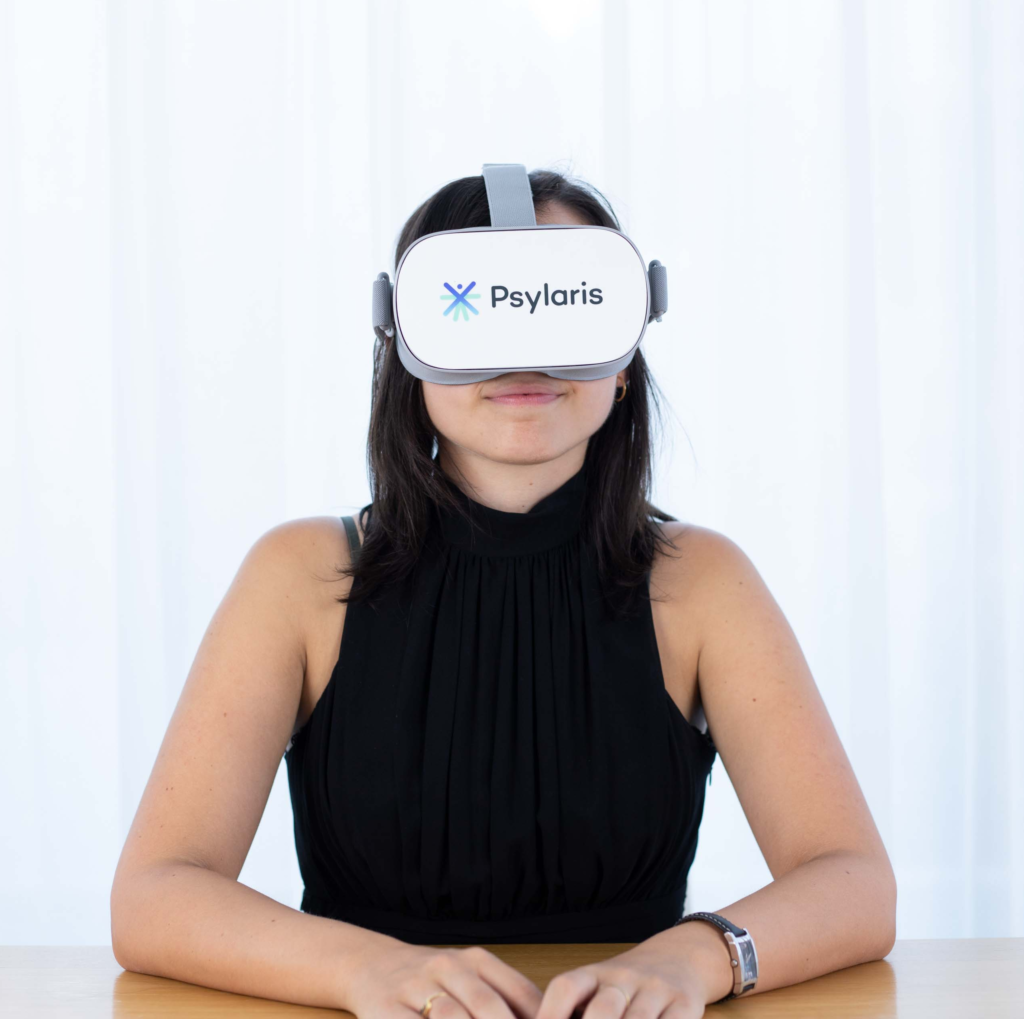
As a developer of modern methods and tools in mental healthcare, Psylaris has also made EMDR easy with modern techniques. Virtual reality, for example, plays an increasingly important role in the mental healthcare sector. With EMDR-VR and EMDR-plus, Psylaris has developed a VR-module. The module can easily be used by the practitioner and has many distraction possibilities. The client gets a more intense distraction than during a regular treatment. The VR glasses can be used both at home and in the treatment room. This makes both the practitioner and the client more flexible.
If the client is unable to come to the treatment centre, Psylaris uses EMDR-remote to make it possible to receive EMDR treatment at home. EMDR-remote is the online EMDR platform of Psylaris, where the practitioner and the client can conduct an EMDR session via video calling. Again, the practitioner has many possibilities to distract and the client, who is chained to the house, is still being treated.
We believe with the combination of intelligent software and qualified therapists we can develop a system in which everyone, anytime and anywhere has direct access to efficient and affordable psychological care.
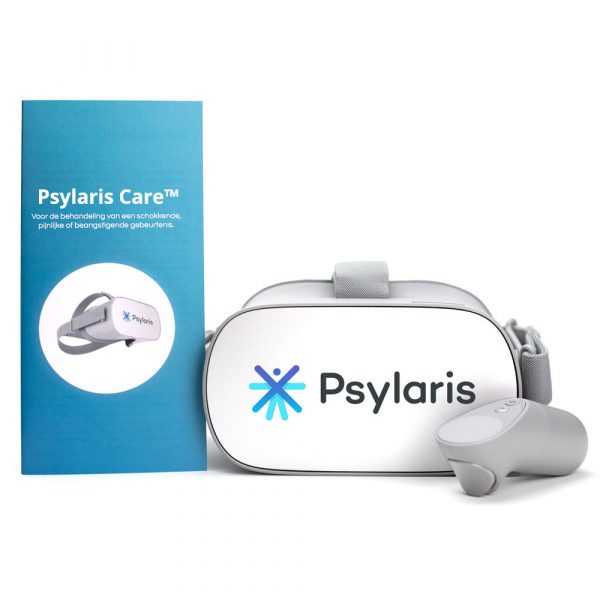
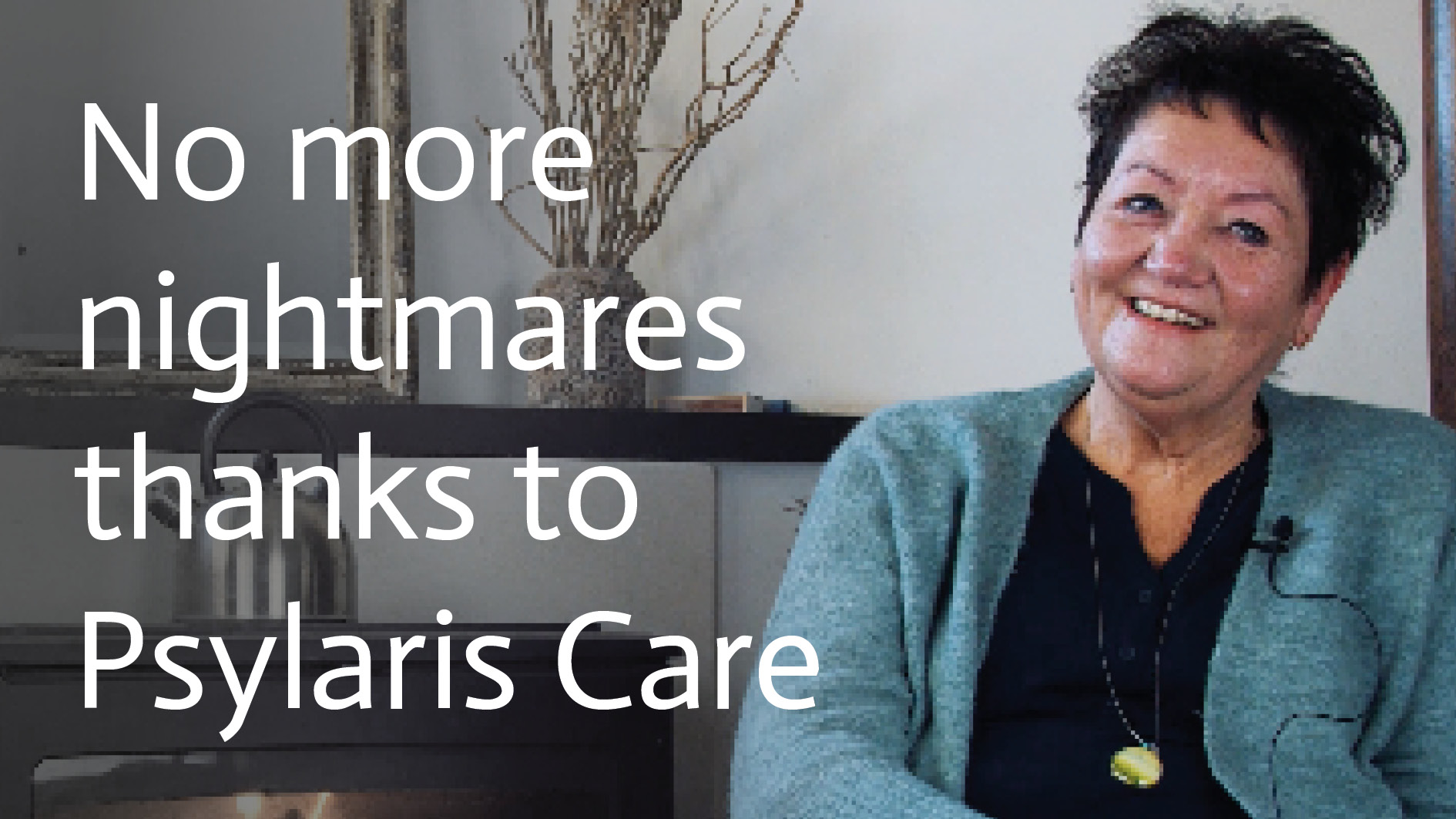
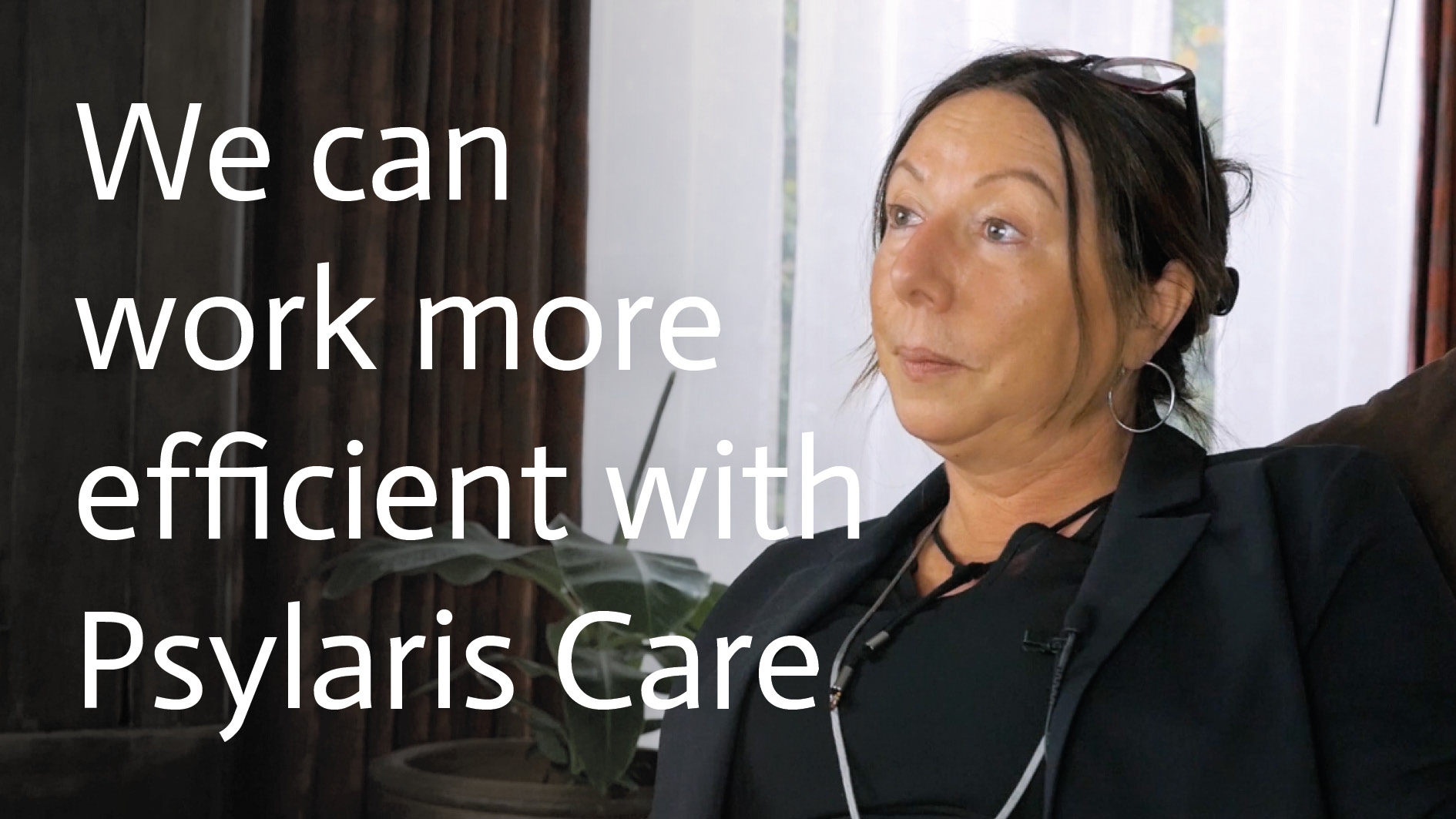
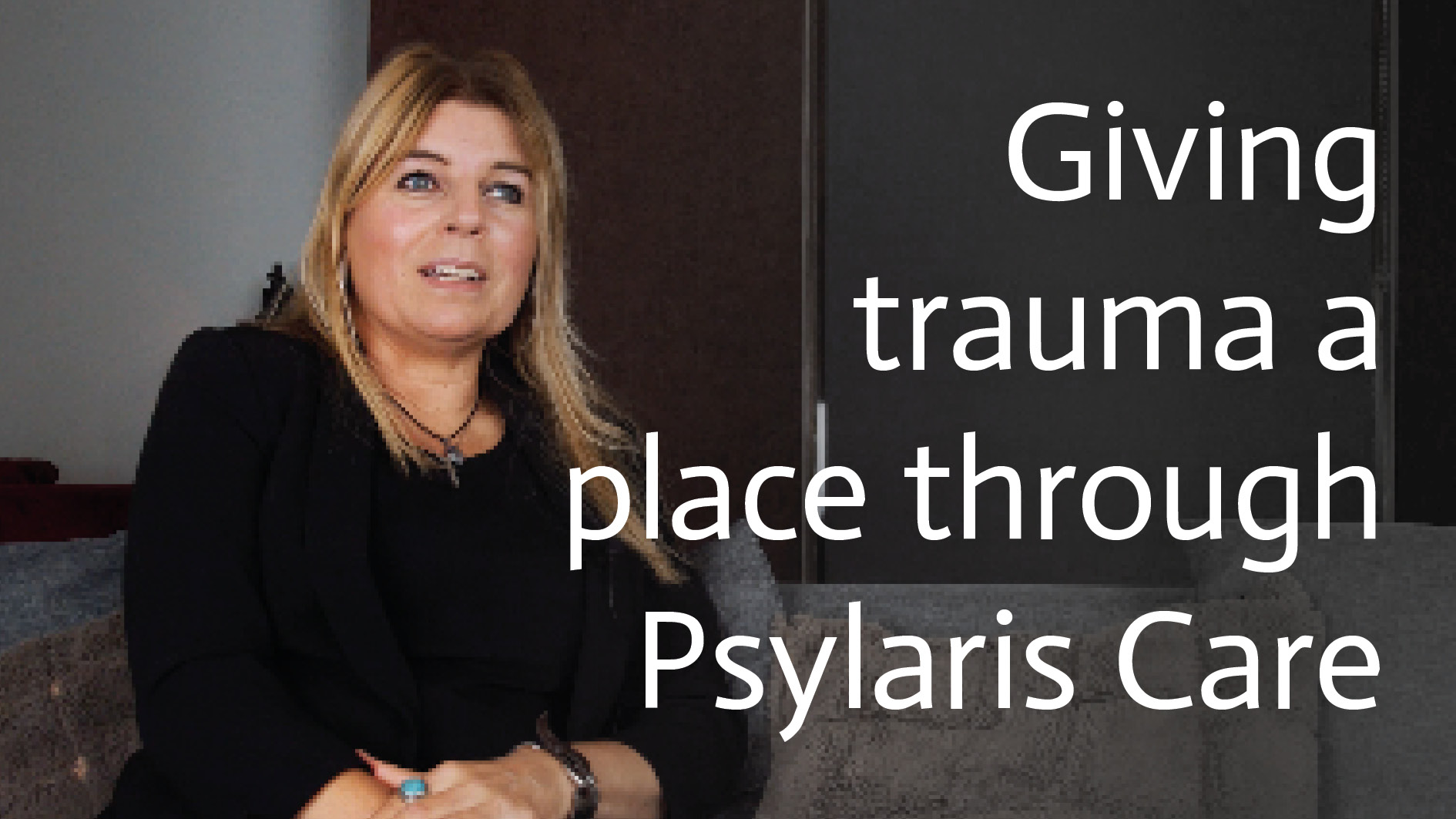
This website uses cookies to ensure that you get the best experience on our website.